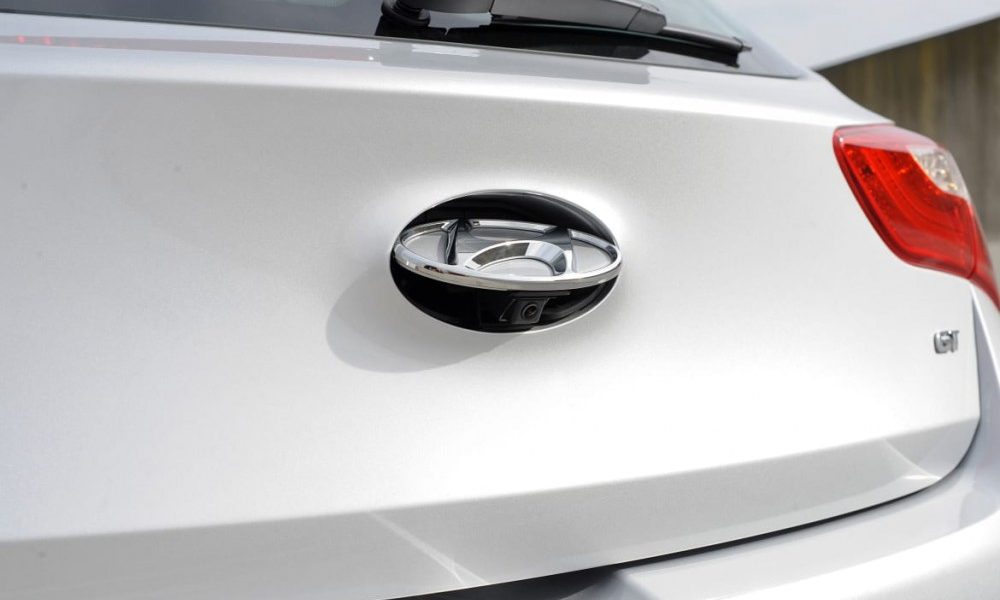About half of new vehicles today are equipped with a backup camera, and by 2018 all light vehicles will be required by federal regulation to have one. As a result, more car owners will have another feature that might need repair.
How long a rear camera will remain fully operational, though, is hard to estimate. Based on what vehicle owners say in online forums, it could be as long as 10 years or as short as 10 days. Some owners report problems with cameras conking out or working only intermittently even before the new-car smell wears off, while others say they've received years of reliable service.
What can go wrong? Plenty, and no vehicle brand seems immune.
As with other electrical devices, a blown fuse, a bad switch or wiring, or a faulty connection could be a backup camera's downfall. Cameras are electronic, so a software glitch could also cause a blank screen, or one that displays only the guidelines for backing up but doesn't show an image.
Some blank screens can be fixed by resetting the software through a diagnostic menu available in the dashboard screen; these menus may not be easily accessible by consumers, though, because they require codes or instructions provided only to service technicians. As with other electronic devices, these issues could also pop up intermittently. The fix might be as simple as restarting the engine.
Cameras are supposed to show what's behind the vehicle whenever the transmission is shifted into Reverse. On most vehicles, the image is displayed on the same dashboard screen as the stereo (some are in the inside mirror). In some cases, the camera doesn't work because of a glitch in the head unit (the central command post for audio, navigation and multimedia functions), and it will be the head unit that needs to be replaced, not the camera.
And then there are the cameras themselves, which must endure temperature extremes, rain, snow and other environmental factors that can cause corrosion that leads to failure. Moreover, years of severe vibrations from driving on poorly paved roads can damage cameras. Even extremely cold temperatures can cause blurred or foggy images.
A recent innovation that seems bound for failure over time is the motorized camera. Already found on some Mercedes-Benz vehicles and even affordable cars like the Hyundai Elantra GT and Volkswagen Golf, the motorized backup camera stays tucked behind a badge or under the lip of a trunk lid until called upon. The benefit is that the camera remains clean and dry, where fixed cameras can collect dirt, road salt or water droplets. It's a great feature, but moving parts always raise questions about durability — especially in the case of motorized components subject to every slam of a trunk lid or liftgate.
Many vehicle owners who have backup cameras come to rely heavily on them, but many also have found that they don't last forever.



Leave a Reply